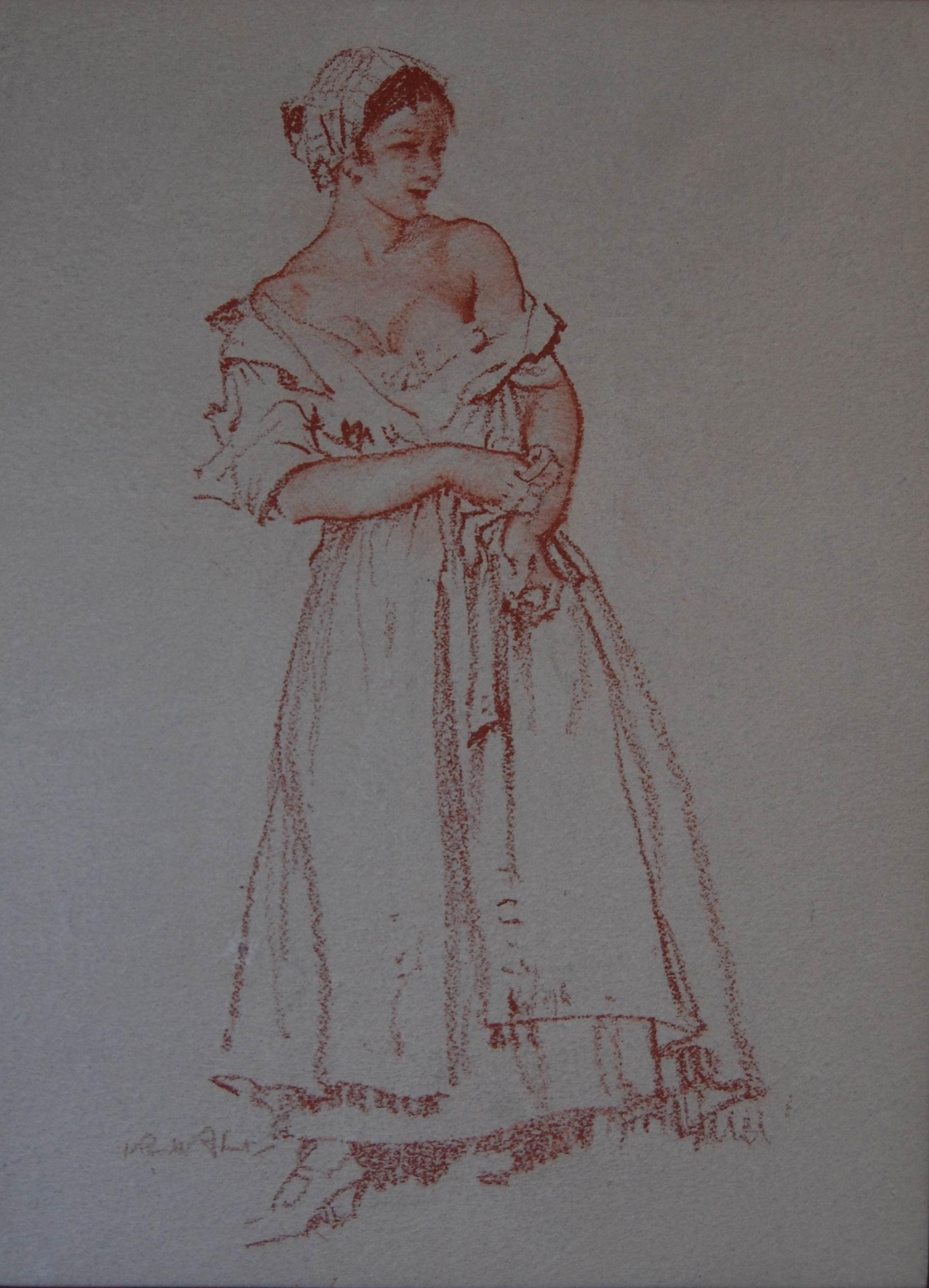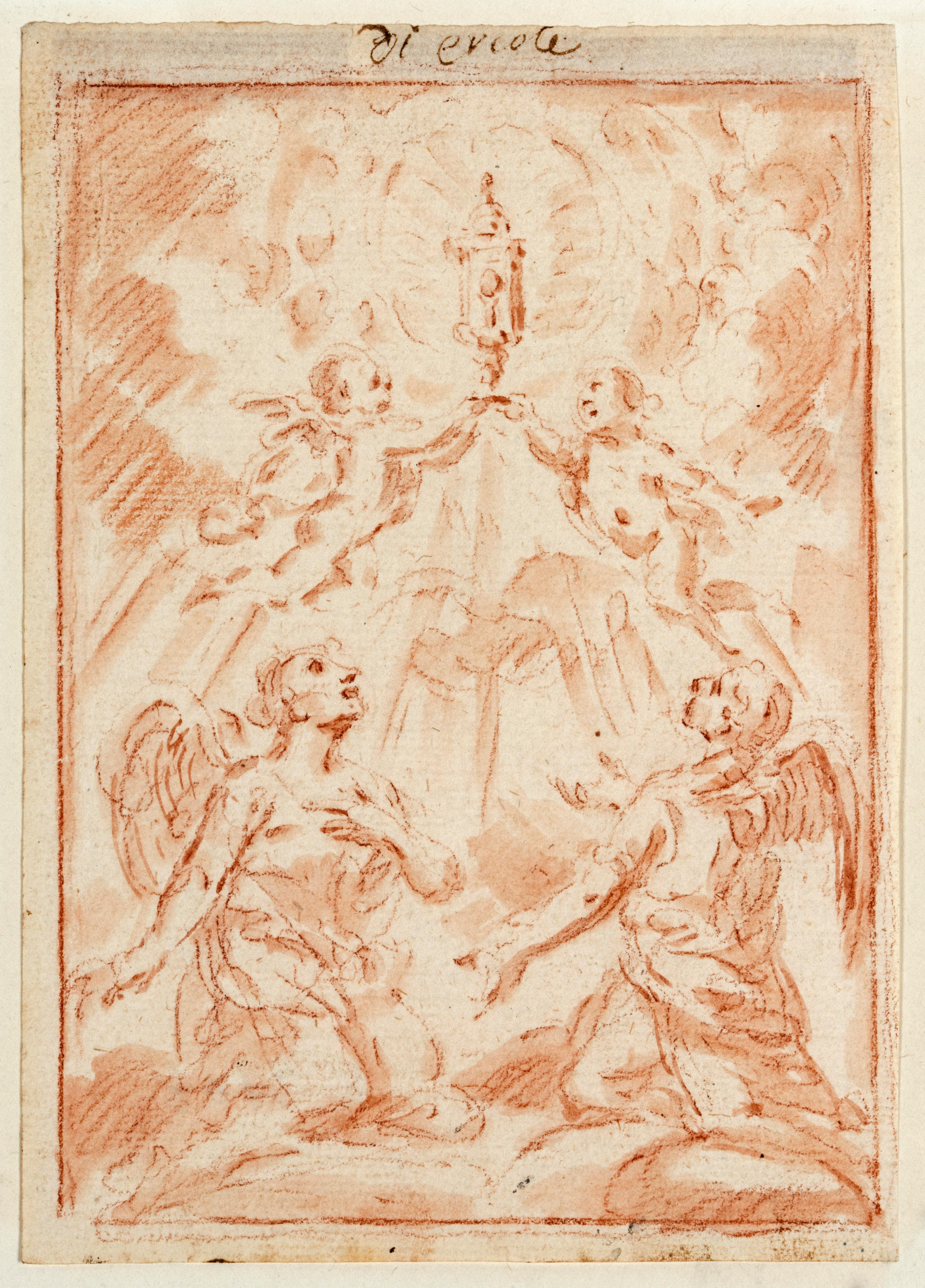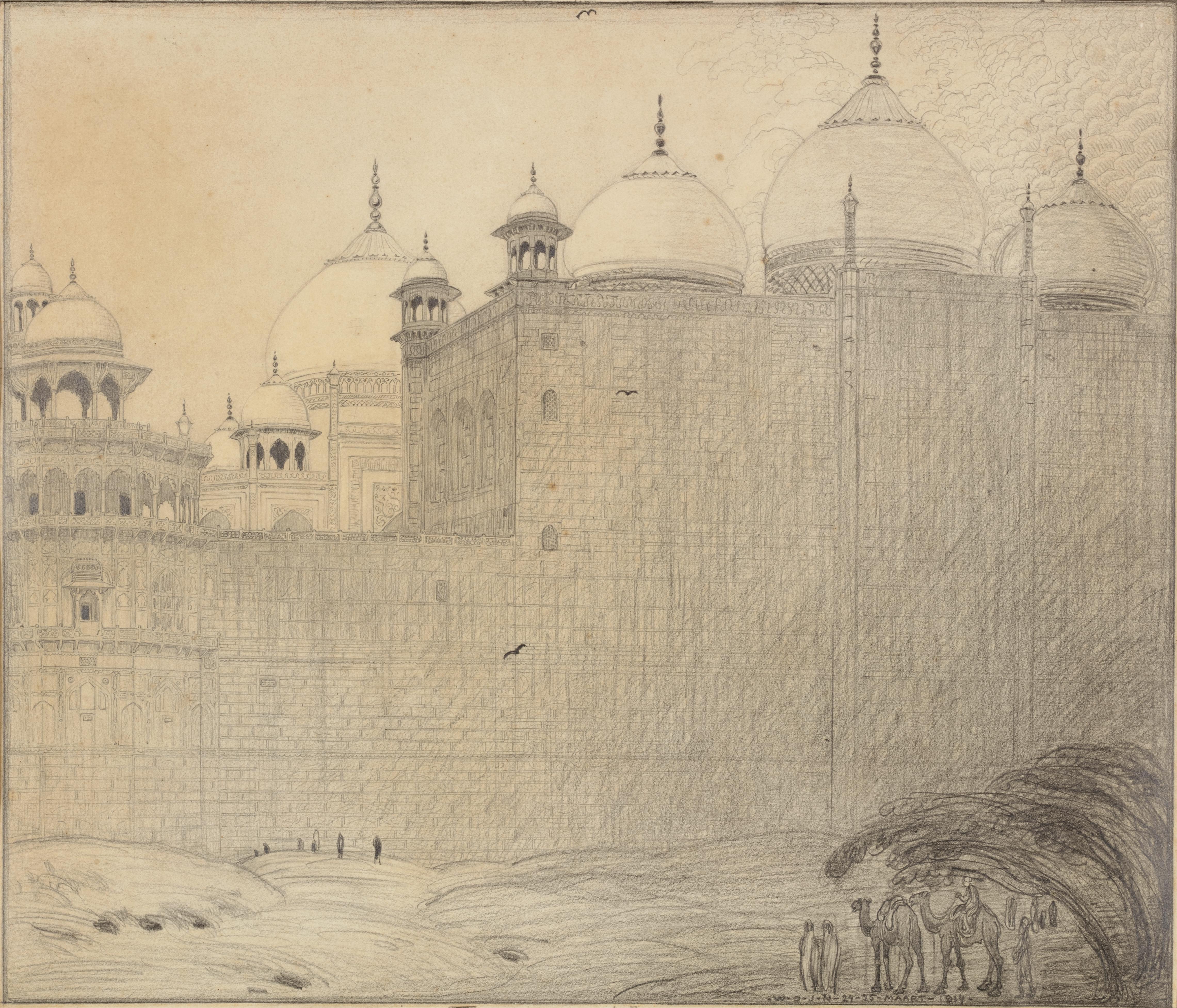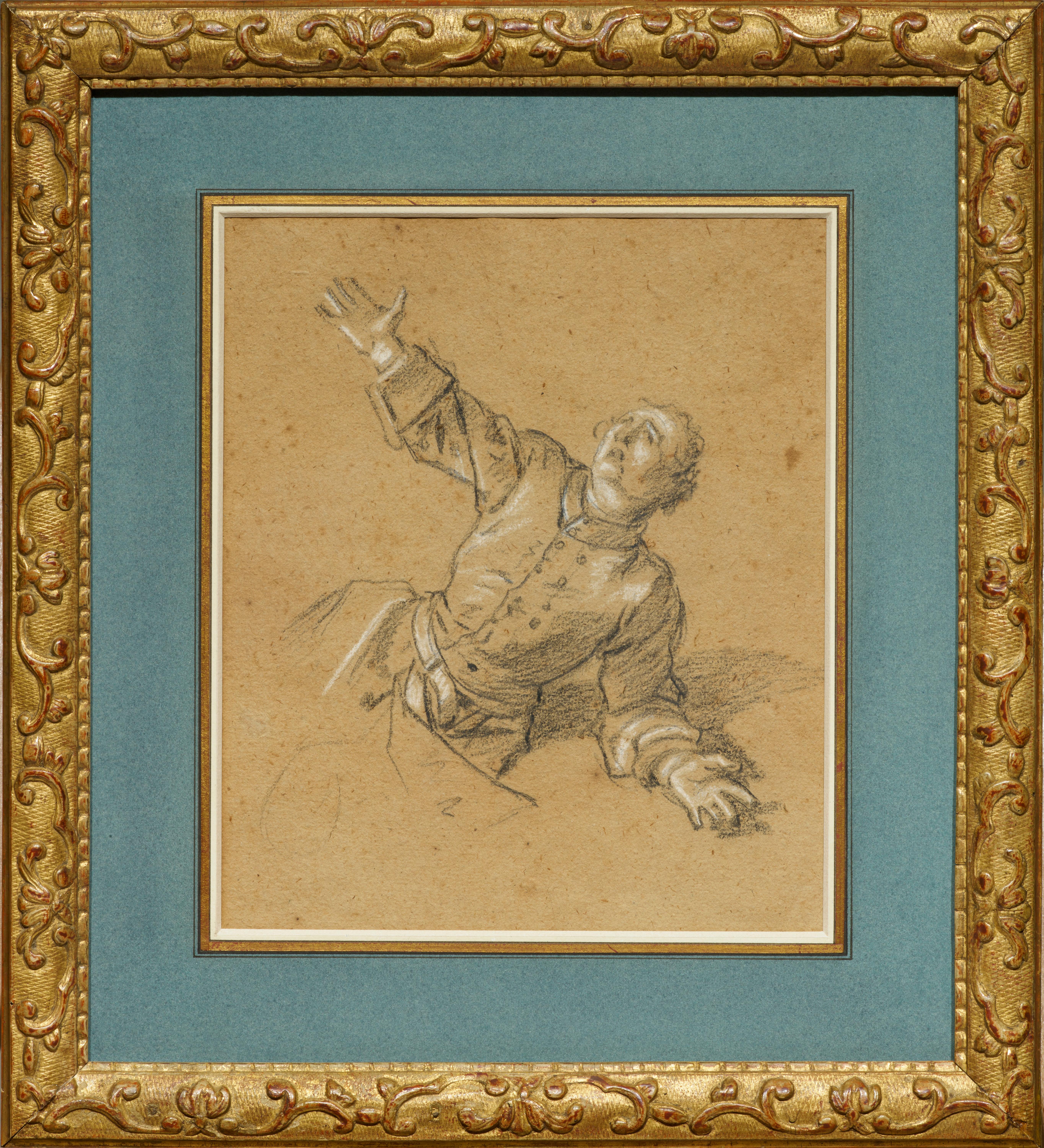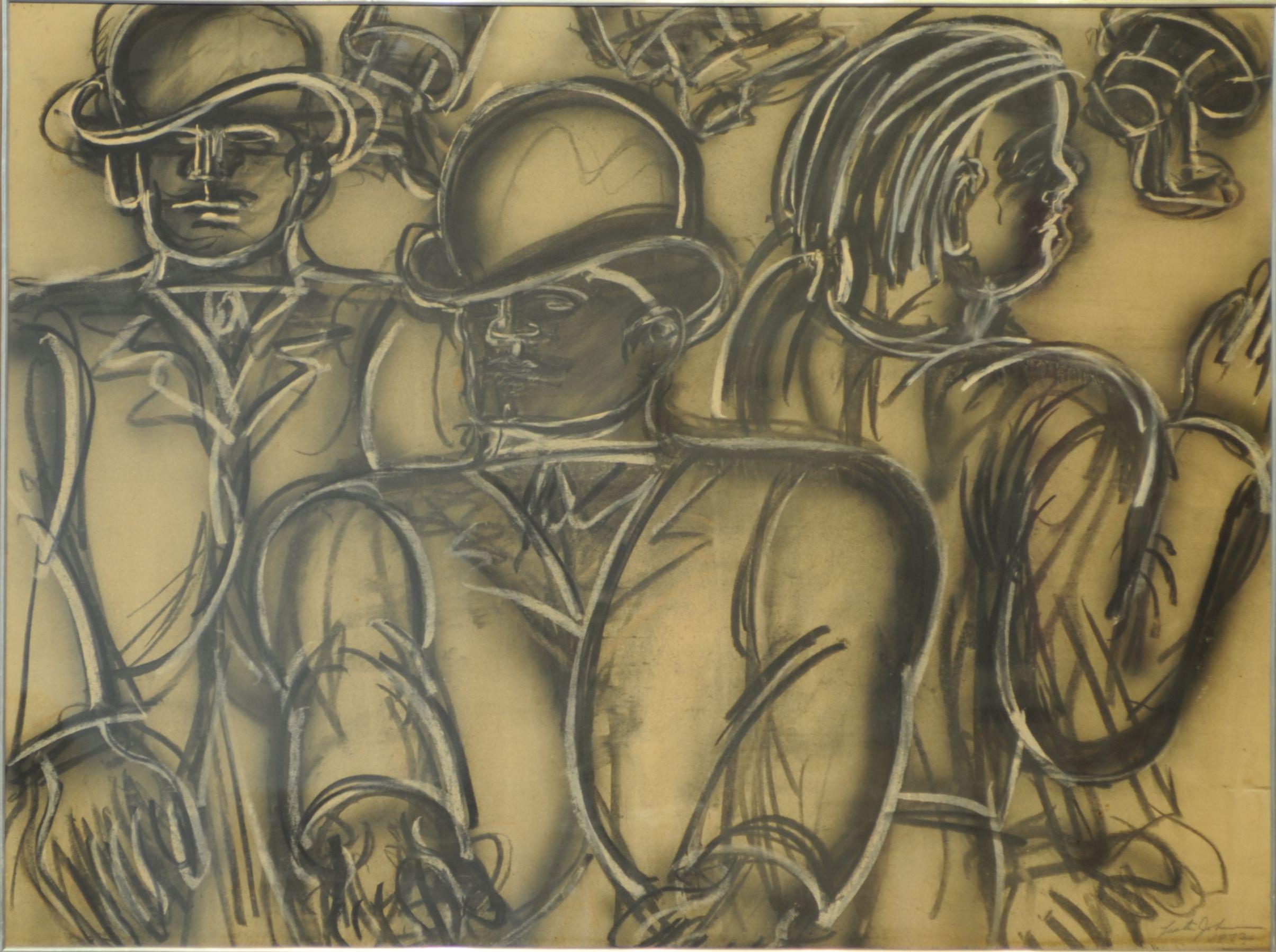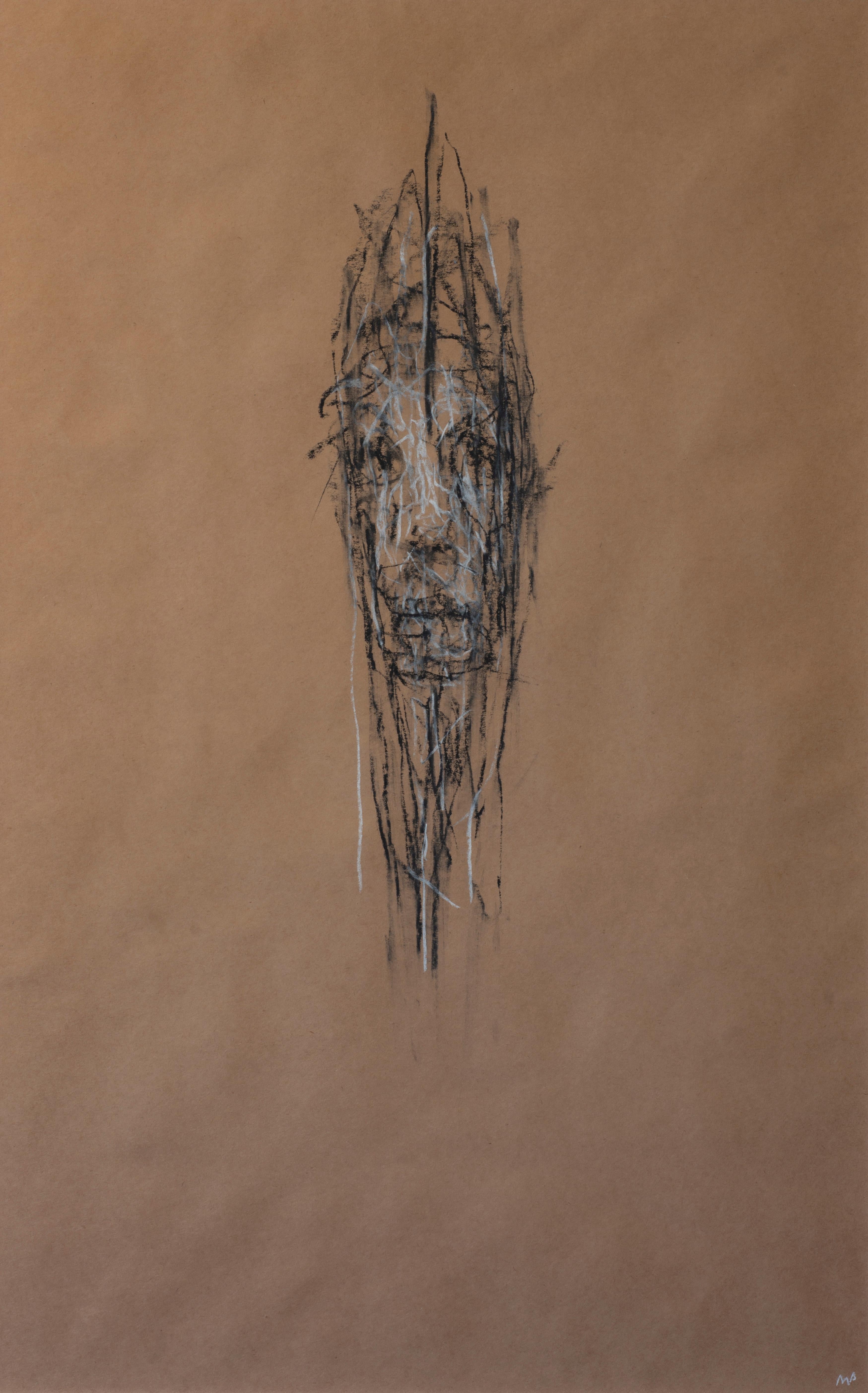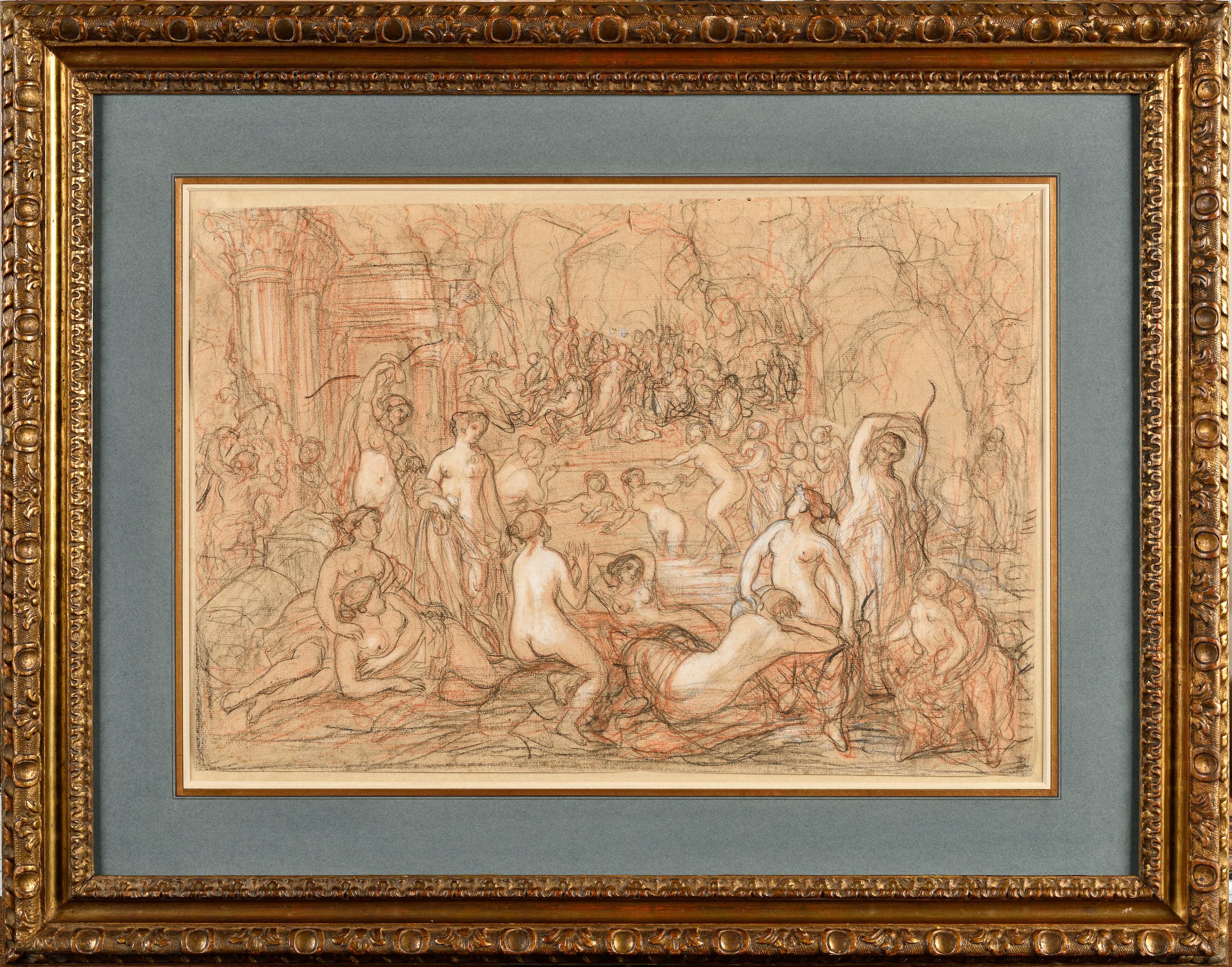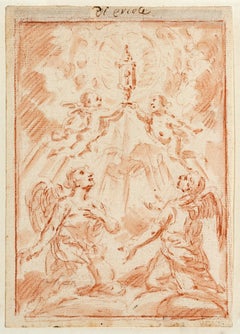
yeah no
1 of 3
Joey Bryniarskayeah no2022
2022
About the Item
You May Also Like
- Old Master Drawing, Self Portrait Artist, Figurative, 17th Century, GermanLocated in Greven, DE1626 dated Red chalk drawing on paper, 28 x 20 cm on the reverse collector's stamp of H(einrich) Lempertz (unfortunately not traceable in the catalogue of his auctioned collection...Category
17th Century Baroque Figurative Drawings and Watercolors
MaterialsPaper, Chalk
$1,274 Sale Price20% Off - Beautiful famous model, semi-nude Conte Drawing by W Russell Flint well FramedBy William Russell FlintLocated in ludlow, GBOriginal conte crayon drawing of one of his familiar models. In pristine condition and signed lower left. It is presented in a handmade gold lea...Category
20th Century Romantic Figurative Drawings and Watercolors
MaterialsConté
- Angels in AdorationLocated in New York, NYProvenance: Private Collection, USA. This drawing is by Ercole Procaccini the Younger, who represents the final generation of painters in the storied Procaccini family. The son of C...Category
Early 17th Century Baroque Drawings and Watercolor Paintings
MaterialsPaper, Chalk
- Part of the ring-wall of the Taj Mahal, Agra, India, 1914Located in Amsterdam, NLPart of the ring-wall of the Taj Mahal, Agra, India, 1914 Signed with initials and dated bottom right Black chalk on paper, 45.5 x 53 cm Literature: Ernst Braches en J.F. Heijbro...Category
1910s Art Nouveau Landscape Drawings and Watercolors
MaterialsChalk, Paper
- Entrance to the temple at Klungkung, Bali, 1925Located in Amsterdam, NLEntrance to the temple at Klungkung, Bali, 1925 With studio seal at the reverse, dated and described, bottom left Black chalk on paper, 53 x 46.5 cm In ebonized frame with white mount Willem Otto Wijnand Nieuwenkamp (1874-1950) Nieuwenkamp was born on July 27th 1874 in Amsterdam. His father owned sailing ships sailing to Indonesia and hearing the stories of the returning captains evoked in the young Nieuwenkamp an obsession for distant lands and adventure. After a failed attempt by his father to have his son make a career in his business, Nieuwenkamp attended the Academy for Decorative Art in Amsterdam. However, he left within one year to go his own way. He was an autodidact and a great experimenter with new techniques, particularly in the art of etching. Nieuwenkamp was a very focused man with the discipline of a scientist tempered by the sensitivity of an artist, a lust for adventure, a natural appreciation for ethnic arts and an enormous ambition to tread new paths. In 1898 he visited Indonesia for the first time and on his second visit in 1903-1904 he went on to Bali and became the first foreign artist to love Bali and the Balinese with a passion. Having secured agreements with several museums in the Netherlands to obtain Balinese art...Category
1920s Art Nouveau Landscape Drawings and Watercolors
MaterialsPaper, Chalk
- Three drawings by François Boucher in a mounting by Jean-Baptiste GlomyBy François BoucherLocated in PARIS, FRWe would like to thank Juliette Parmentier-Courreau of the Custodia Foundation for her welcome and support during the consultation of Glomy’s Journal des Ouvrages. This spectacularly large "feuille de desseins ajustés" commissioned by François Boucher from Jean-Baptiste Glomy is emblematic of the painter's art and mastery of rocaille. It is also fully representative of the taste of this period in the field of decorative arts. The largest of these three drawings, placed at the bottom of the composition, is particularly interesting: dating from around 1756, it constitutes a modello (apparently unpublished) for the frontispiece of the "Catalogue des tableaux de Monsieur de Julienne"), preserved in the Morgan Library in New York. 1. François Boucher, the master of French rocaille The extraordinary career of Francois Boucher was unmatched by his contemporaries in versatility, consistency and output. For many, particularly the writers and collectors who led the revival of interest in the French rococo during the last century, his sensuous beauties and plump cupids represent the French eighteenth century at its most typical. His facility with the brush, even when betraying the occasional superficiality of his art, enabled him to master every aspect of painting – history and mythology, portraiture, landscape, ordinary life and, as part of larger compositions, even still life. He had been trained as an engraver, and the skills of a draftsman, which he imbued in the studio of Jean-Francois Cars (1661 – 1738), stood him in good stead throughout his career; his delightful drawings are one of the most sought-after aspects of his oeuvre. As a student of Francois Lemoyne (1688 - 1737), he mastered the art of composition. The four years he spent in Italy, from 1727-1731, educated him in the works of the masters, classics and history, that his modest upbringing had denied him. On his return to Paris in 1734, he gained full membership of the Royal Academy of Painting and Sculpture with his splendid Rinaldo and Armida (Paris, Musée du Louvre). Although, throughout his career, he occasionally painted subjects taken from the Bible, and would always have considered himself first as a history painter, his own repertoire of heroines, seductresses, flirtatious peasant girls and erotic beauties was better suited to a lighter, more decorative subject matter. His mastery of technique and composition enabled him to move from large scale tapestry...Category
1750s Old Masters Figurative Drawings and Watercolors
MaterialsChalk, Ink
Recently Viewed
View AllMore Ways To Browse
How To Draw
Yeah Yeah Yeahs
Drawing Of Rome
Unknown Drawings And Watercolor Paintings
Antique Pencil
Antique Pencils Pencils
Antique Pencils
Pencil Antique
Ship Drawing
Figure Watercolor
Drawing Female
Watercolor Set
Retro Pencil Drawings
Black Ink Drawing
Small Watercolor Paintings
Set Of Watercolours
Set Of Watercolors
Watercolor Figurals
